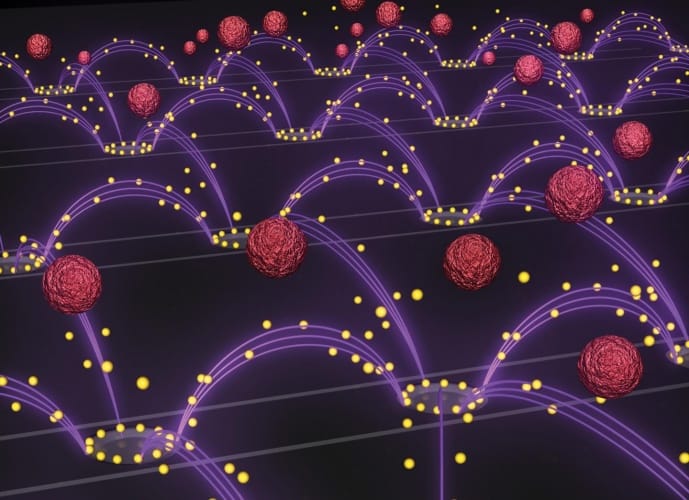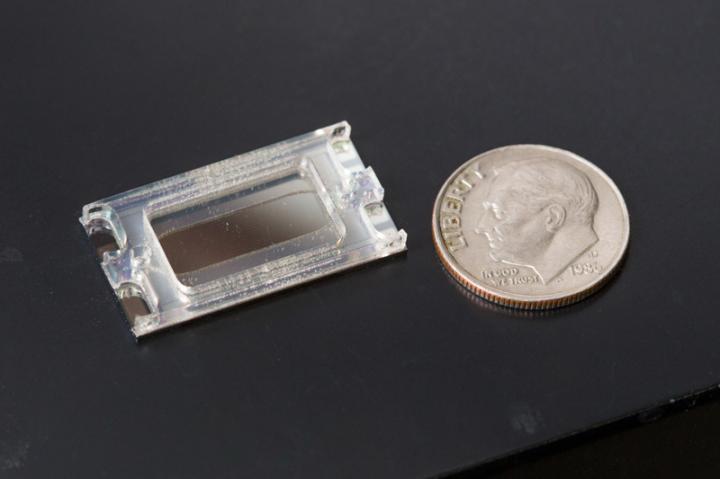
A technique developed by medical researchers to separate nanoparticles from blood plasma could have extended applications in industry, for separating the minute particles from other complex fluids, a concern across many sectors including environmental technologies.
The very small size of nanoparticles, and their tendency to exist at low density in solutions, makes them difficult to separate. This is a particular concern when the nanoparticles have some pharmaceutical effect, as researchers would like to be able to pull them out of the blood plasma for study, for example to see how proteins in the blood bind to their surfaces and affect their efficacy.
“We were interested in a fast and easy way to take these nanoparticles out of plasma so we could find out what’s going on at their surfaces and redesign them to work more effectively in blood,” said Michael Heller, a nanoengineering professor at the Jacobs School of Engineering of the University of California in San Diego, who led the research.

Previous methods for separating nanoparticles have depended on altering the properties of the particles in some way, which makes them more difficult to study after separation. Heller’s team used a technique employing electric fields, using a chip smaller than a penny developed by a company called Biological Dynamics, which had in fact licensed the underlying technology from UC San Diego in the first place.
The chip contains an array of hundreds of very small electrodes that generate an electric field that oscillates 15,000 times per second. When a nanoparticle-laden fluid passes through this field, positive and negative charges inside the particles and the fluid reorient themselves: but the ones in the particles move at a different speed. This sets up a momentary charge imbalance, the result of which is that the particles are attracted to the electrodes. This attraction repeats every time the current oscillates, pulling the particles out of solution. Heller’s team managed to clear plasma of a variety of nanoparticles used in medicine in about 7mins, as they explain in a paper in the journal Small.
“This is the first example of isolating a wide range of nanoparticles out of plasma with a minimum amount of manipulation. We’ve designed a very versatile technique that can be used to recover nanoparticles in a lot of different processes,” said researcher Stuart Ibsen. “It’s amazing that this method works without any modifications to the plasma samples or to the nanoparticles.”




AI-generated medical responses need monitoring, study finds
This would negate most of the benefit of using AI in the first place, rather like the Locomotive Act 1865 that required any self-propelled road...